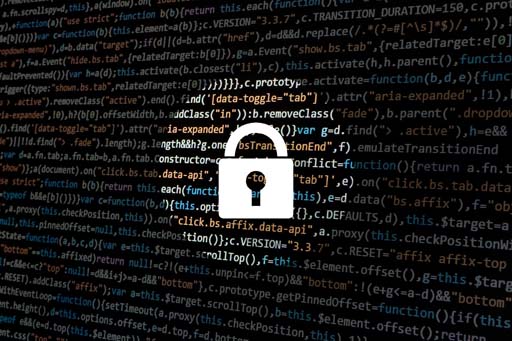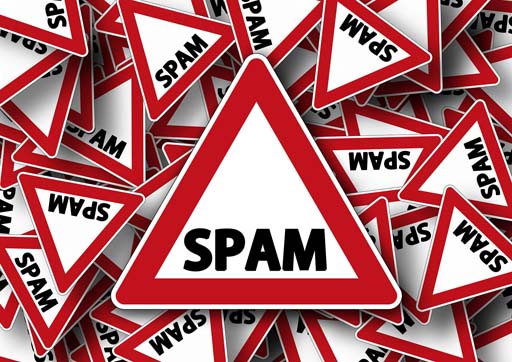3.2 Email scams, spam and phishing
Sending and receiving emails keeps us in touch with friends, relatives, employers, companies and organisations. However, emails may also be used to deliver unwanted material that can potentially cause you and your computer considerable harm. These are sometimes called
Spamming is the sending of unsolicited messages. These messages may contain advertising, harmful or suspicious content. Some spam emails may have a link or file attached for you to click on or open. Opening these links or downloading the files may damage your computer.
If you see an email that doesn’t look right to you, do not open any links or attached documents, and never reply with your personal information. Delete the email and report it as spam so your email provider will know not to let it through to your inbox. If the email claims to be from an organisation, you could contact them through their official website and ask them if it’s genuine.
3.1 Protecting your privacy on social networks


